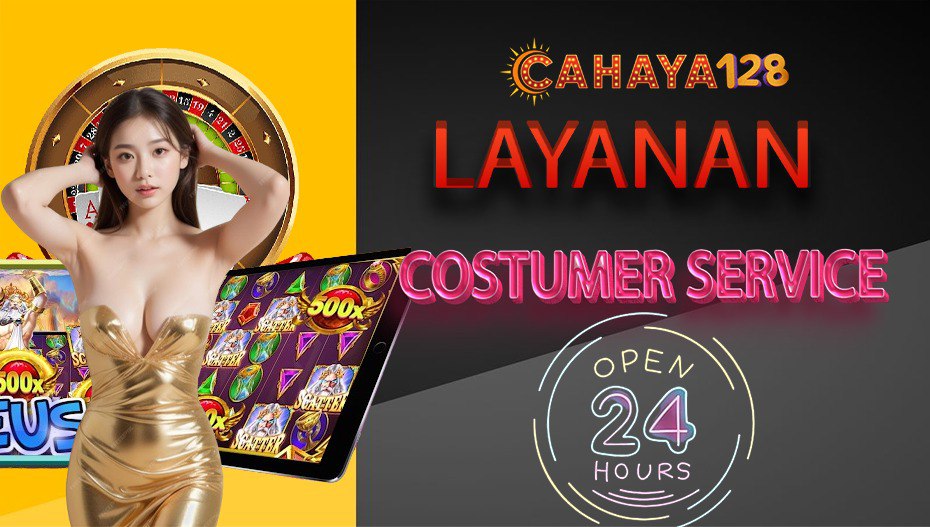






Rp 30.000
Ayo mendaftar sekarang menjadi member setia di Cahaya128, dan cobalah pasang angka keberuntungan kalian di semua pasaran togel toto 4D yang sudah tersedia di Cahaya128 raihlah kemenangan di salah satu pasaran toto Togel 4D yang ada di Cahaya128.